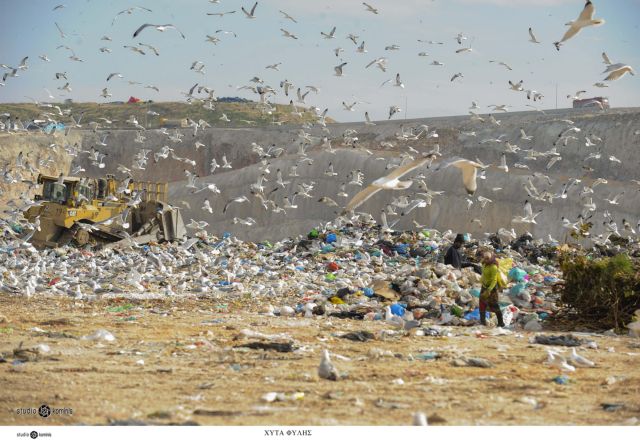
The public consultation on the Strategic Environmental Impact Study (SEIS) for the 3rd revision of the Regional Waste Management Plan (RWMA) of Attica started yesterday.
After all, neither of the previous two was implemented since, as the researchers of the Strategic Environmental Impact Study also report, almost all of the Municipal Solid Waste (MSW) is today buried in the Fyli Landfill, the operation of which has not ceased, as stipulated by the current Regional Waste Management Plan. Today, a project is being implemented in Fyli which includes the construction of new sanitary landfill cells with a capacity of 4,000,000 cubic meters.
Describing the current situation, it is characteristically stated that the rates of recovery and utilization of secondary products “are very low”, while the planned infrastructures of Waste Treatment Units (WTU) and Organic Waste Treatment Units (OWTU) were never built due to delays in planning and to the lack of available resources for public investment during the financial crisis.
The six waste treatment plants
For the six basic waste treatment units (Circular Economy Parks, as they are now called) only three are zoned, while for the other three, indicative zones are proposed.
According to the new SEIS, the proposal of the 2016 SEIS regarding the number and capacity of the Waste Recovery and Recycling Units (WRUs) of the Attica Region is revised as follows:
- Western Attica and the Western Sector will be served by the West Park (Fyli) WRU, with a design capacity of 200,000 tons/year until 2030.
- To serve Piraeus and the islands, the PPP-routed unit is being built within the Piraeus Park, in the wider area of the Schistos Waste Transfer Station, with a capacity of 120,000 tons.
- To serve part of the Eastern Sector, the routed WRU is being built in the Northeast Park in Grammatiko.
- The PPP-launched WRU will be built to serve the Central and part of the Southern Sector, within a Park that has yet to be determined, with a capacity of 315,000 tons.
- To serve the Northern Sector, the new WRU, which as mentioned will be installed by the end of the year, will have a capacity of 130,000 tons.
- In order to serve parts of the Eastern and Southern Sectors, a new 80,000 ton capacity WRU will be built within a Park that is planned by the Strategic Environmental Impact Study to be located by the end of the year.
Infrastructure outside Attica and mergers
In case of inability to find suitable sites, either because there are not enough areas, or because they do not meet the siting criteria of the National and Regional Waste Management Plan, it is envisaged that the WRUs will be sited in another regional unit.
In fact, as stated, “with a view to their timely completion by 2025 to achieve the national recovery, recycling and disposal targets, the WRUs with the lowest degree of maturity can be merged either with each other or with other more mature ones and their capacity is adjusted accordingly”.
Should such a need arise, three criteria will be strictly adhered to. First, no new units will be located within the already licensed Complete Waste Disposal Facilities. Second, it will seek to minimize the cost and environmental impact of waste transportation. Third, economies of scale will be sought to minimize processing costs.
A corresponding small waste treatment unit is being promoted specifically to serve Hydra, while a similar solution will be considered for Kythira with the aim of increasing the life of the landfill and maximizing recycling.
Waste burning and the involvement of the private sector
Especially for Attica, in the case of the implementation of an energy utilization unit by the Ministry of Environment and Energy or by another body, as stated in the Strategic Environmental Impact Study, “the possibility of creating WTUs and/or OWTUs will be examined in synergy with the said unit, as long as this is possible and appropriate both in terms of time and based on other criteria”.
In any event, the planning of the Ministry of Interior includes three or four combustion units, of which one in Attica, one in Ptolemaida, one in Crete, while it is possible that the location of one more in the area of Megalopolis may be necessary.
Also, among other things the promotion of secondary fuel production is being discussed. This, or the rest of the MSW and the rest of the residual flows will be directed towards energy recovery in energy-intensive industrial units and/or energy recovery units under the planning of the Ministry of the Interior or private investments, to achieve the goals for minimizing landfill.
In addition, recyclable materials from Sorting at Source – SaS (blue bin, recycling corners, green points, yellow bin, etc.) will be able to be sent to the landfills to optimize their purity.
The same materials can also be taken to a Recyclable Materials Sorting Center. The rates of Sorting at Source are much lower than the target that has been set while the network of green points is at a zero stage of development.
New life for the Engineering Recycling and Composting Plant
In the new waste management model of Attica, beyond the Circular Economy Parks, emphasis is placed on universal recycling, recovery of materials as well as on the reuse and mass diversion of bio-waste from burial, with discrete collection and a decentralized network of 10-15 bio-waste processing units .
Regarding the Engineering Recycling and Composting Plant of Ano Liosia, the necessary actions should be taken so that a) it functions as a “Green Plant” and receives bio-waste for processing and materials from the recycling areas, in order to be cleaned, separated and processed, and b) is upgraded.
Until the construction of the WRUs, temporarily, the residues from the processing of the Engineering Recycling and Composting Plan and the WTUs will be sent to a landfill in the Integrated Waste Disposal Facility of Attica, except for the North-Eastern Park WRU, the residues of which will be sent to the Grammatiko landfill.
In addition to the waste treatment plants, private waste treatment facilities can also be used in order to achieve the objectives of the Regional Waste Management Plan and as long as the transport costs and the usage fees of the units in question are reasonable according to the specs of the Special Interlevel Association of the Prefecture of Attica.
Latest News
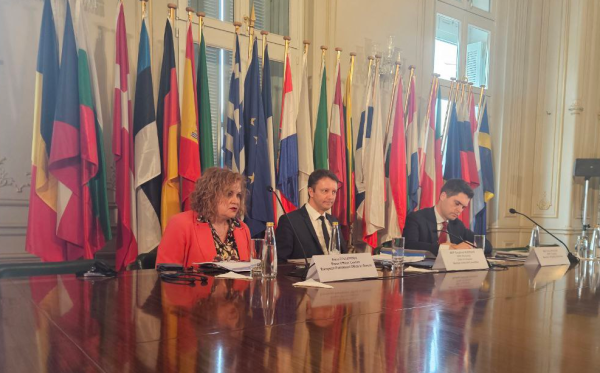
EU Praises Greece’s RRF Progress as Revised Recovery Plan Nears Completion
Athens is preparing to submit its revised “Greece 2.0” Recovery and Resilience Plan after Easter, with a slight delay from the initial timeline but with the European Commission’s approval.

Greek €200M 10Y Bond to be Issued on April 16
The 3.875% fixed-interest-rate bond matures on March 12, 2029, and will be issued in dematerialized form. According to PDMA, the goal of the re-issuance is to meet investor demand and to enhance liquidity in the secondary bond market.
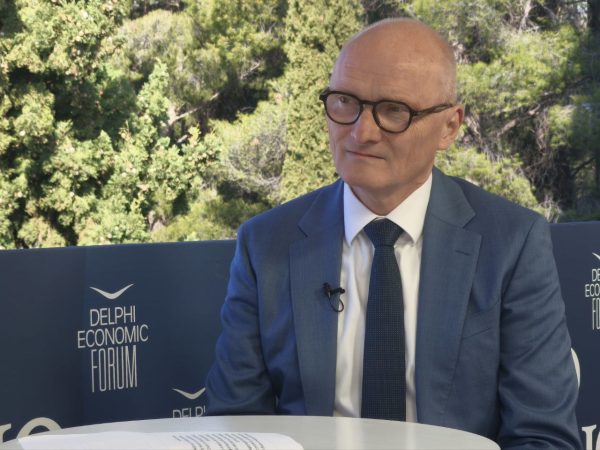
German Ambassador to Greece Talks Ukraine, Rise of Far Right & Tariffs at Delphi Economic Forum X
Commenting on the political developments in his country, the German Ambassador stressed that it was clear the rapid formation of a new government was imperative, as the expectations across Europe showed.
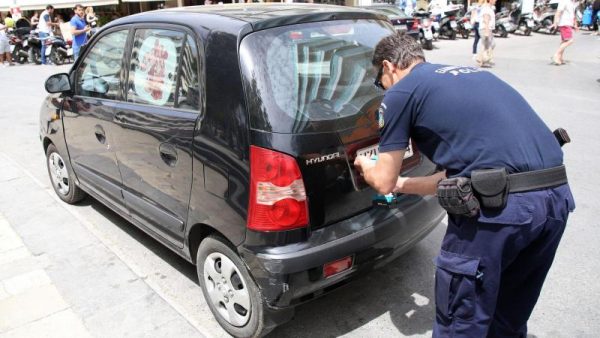
Athens to Return Confiscated License Plates Ahead of Easter Holiday
Cases involving court orders will also be excluded from this measure.
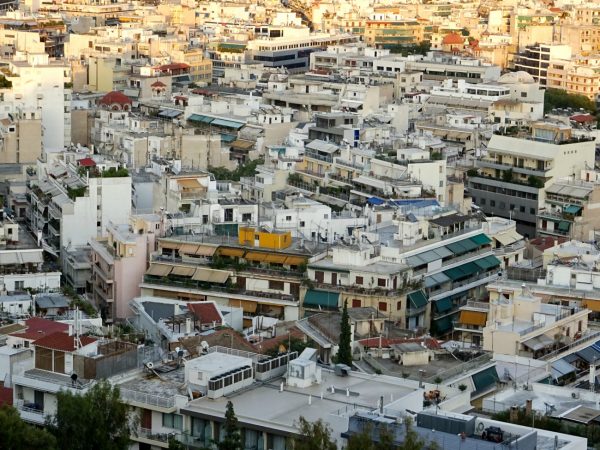
Servicers: How More Properties Could Enter the Greek Market
Buying or renting a home is out of reach for many in Greece. Servicers propose faster processes and incentives to boost property supply and ease the housing crisis.

Greek Easter 2025: Price Hikes on Lamb, Eggs & Sweets
According to the Greek Consumers’ Institute, hosting an Easter dinner for eight now costs approximately €361.95 — an increase of €11 compared to 2024.

FM Gerapetritis Calls for Unified EU Response to Global Crises at EU Council
"Europe is navigating through unprecedented crises — wars, humanitarian disasters, climate emergencies," he stated.

Holy Week Store Hours in Greece
Retail stores across Greece are now operating on extended holiday hours for Holy Week, following their Sunday opening on April 13. The move aims to accommodate consumers ahead of Easter, but merchants remain cautious amid sluggish market activity.

Green Getaway Ideas for Easter 2025 in Greece
Celebrate Easter 2025 in Greece the sustainable way with eco-farms, car-free islands, and family-friendly getaways rooted in nature and tradition.

Civil Protection Minister Details Summer Firefighting Plans at Delphi Forum
At the 10th Delphi Economic Forum, Minister of Climate Crisis and Civil Protection Yiannis Kefalogiannis discussed Greece's plans for the upcoming fire season.

























![ΤτΕ: Στα 4,1 δισ. ευρώ το ταμειακό πρωτογενές πλεόνασμα το α΄ τρίμηνο [πίνακας]](https://www.ot.gr/wp-content/uploads/2025/04/thumbnail_stocks_agores_merismata_xrimatistirio_shutterstock_-600x414.jpg)
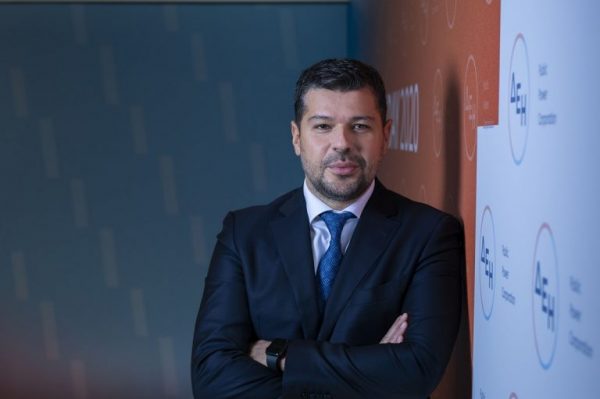






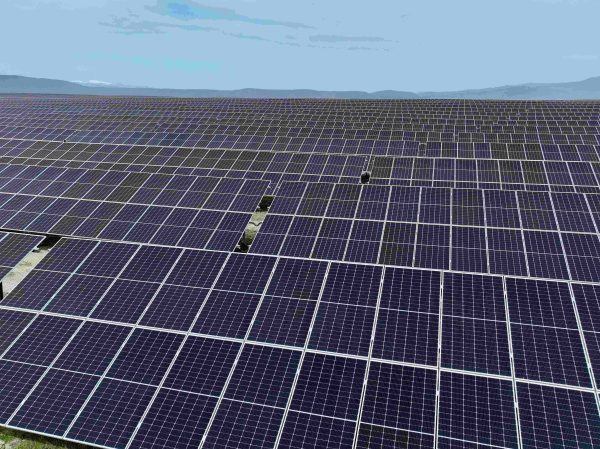
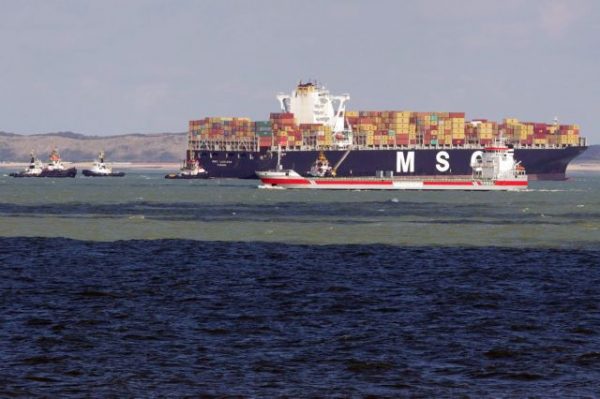


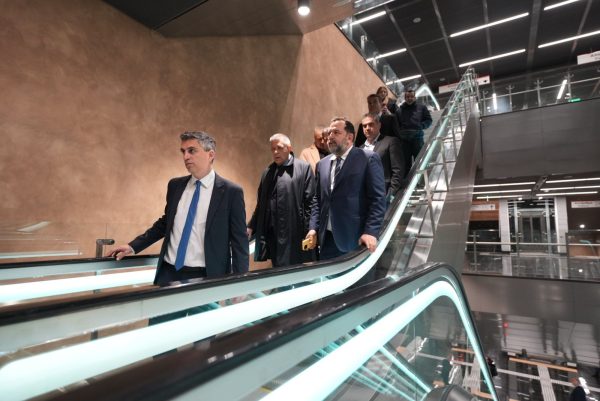
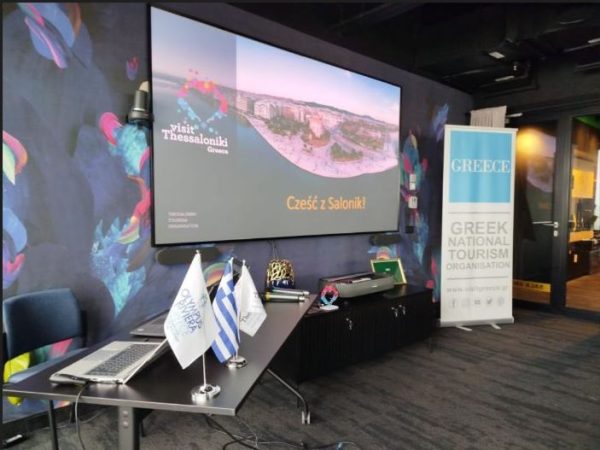


 Αριθμός Πιστοποίησης
Αριθμός Πιστοποίησης